Television stands as one of humanity’s most significant inventions, often considered a magical box that brings news, sports, series, and various programs into our homes. It’s not surprising that this device is found in most households around the globe. A 2013 survey reported that over 79% of homes worldwide owned a television. Despite rapid technological advancements and the growing reliance on other devices like smartphones, tablets, and computers, the television has remained a staple. This is thanks to continuous innovations such as internet connectivity, satellite broadcasting, and integration with popular applications like Facebook and YouTube.
The History of Television
Television’s story began in the early 19th century when mechanical systems scanned and transmitted images. Though primitive compared to today’s technology, these early devices laid the groundwork for what would become electronic television. Inventors split into two camps: one focused on a mechanical method using a technology called the “Nipkow disk,” created by German scientist Paul Gottlieb Nipkow. This system transmitted images using rotating metal disks. The other camp developed an electronic system based on the cathode ray tube (CRT), a glass tube with a vacuum inside that directed electrons onto a screen coated with phosphor to create images. This breakthrough came from Russian scientist Boris Rosing and British inventor Campbell Swinton in 1907. Their efforts eventually led to the first fully electronic television years later.
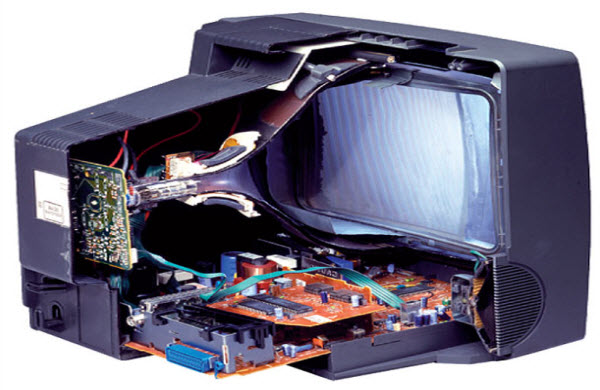
In 1927, 21-year-old Philo Farnsworth, a young inventor who had grown up without electricity, developed the first electronic television. He conceptualized a system that could capture moving images, convert them into code, and transmit them wirelessly. Farnsworth’s invention was miles ahead of any mechanical television at the time, and the first image broadcast was a simple line. He later famously transmitted a dollar sign after being asked when he would start making money from his invention. Despite competition from mechanical television systems between 1926 and 1931, electronic systems eventually became dominant.
By 1933, television was available for commercial sale, with sales skyrocketing after President Franklin Roosevelt’s televised speech at the 1939 New York World’s Fair. The first television stations appeared in the United States in the late 1920s and early 1930s. One of the first, W3XK, was launched in 1928 by Charles Francis Jenkins, a pioneer of mechanical television. The station WRGB, still in operation today, is another early pioneer, having broadcast the first TV show, The Queen’s Messenger. In 1948, the first TV remote control, called “Telezoom,” was released, though it could only magnify the picture, not change channels or power the TV. The true wireless remote control, developed by Zenith, appeared in 1955.
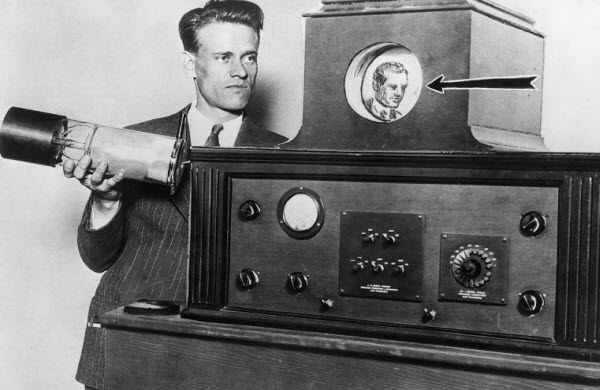
Though television broadcasting began in 1928, it remained free of commercials for its first 13 years. The first commercial broadcast occurred in the U.S. on July 1, 1941, for Bulova watches, lasting 10 seconds. In 1951, CBS aired the first color TV broadcast, though only a handful of viewers had color sets. By 1952, 20 million American households owned televisions, solidifying its place in global culture.
The Evolution of Television Technology
Mechanical Television
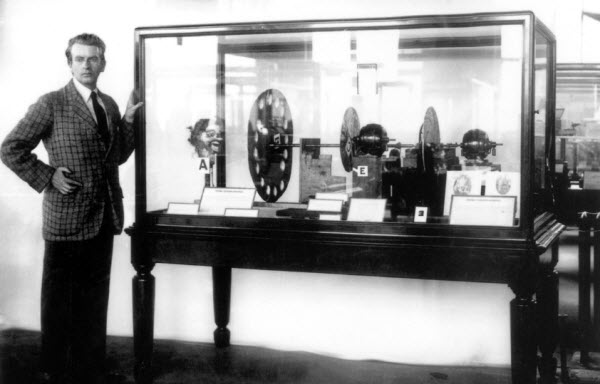
Early televisions relied on spinning disks to transmit images from sender to receiver. Each disk contained spaced holes of decreasing size, and a camera placed in a dark room with a bright light behind the disk captured one frame at a time. The light passed through the holes, reflecting onto a photosensitive cell, which converted it into electrical signals. The signals were transmitted to a receiver with a similar spinning disk, synchronized with the sender’s disk to recreate the image. Though functional, viewers needed magnifying glasses to see the image clearly.
Electronic Television
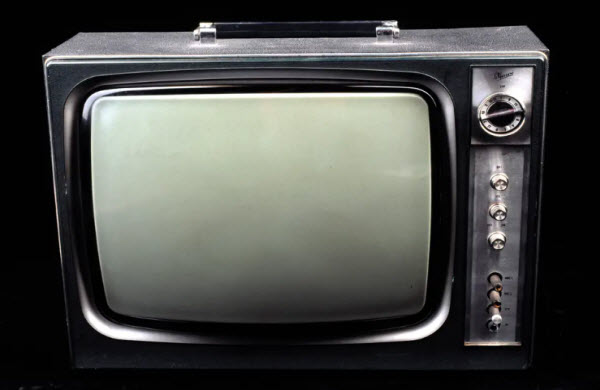
Electronic TVs used cathode ray tubes (CRTs), a technology that involved firing a stream of electrons at a phosphor-coated screen. These electrons, controlled by magnets in a process called deflection, created the moving images. Though this technology dominated for decades, its complexity and bulkiness eventually led to new innovations.
Color Television
The first concept for color television emerged in 1904 when a German inventor patented the idea, though it wasn’t realized until much later. By 1925, Russian inventor Vladimir Zworykin developed a concept for color TV, but it remained theoretical until after World War II. In 1946, U.S. consumers craved innovation, and color TV was seen as the next step. A fierce competition between CBS and RCA ensued, with CBS developing the first color system. However, their mechanical method wasn’t compatible with the millions of black-and-white TVs in use, leading to RCA’s triumph in 1953 when their color system became the national standard.
Though color TVs were available by the mid-1950s, most broadcasters continued producing black-and-white content until 1966. After that, color broadcasts became more common, and color television sales soared.
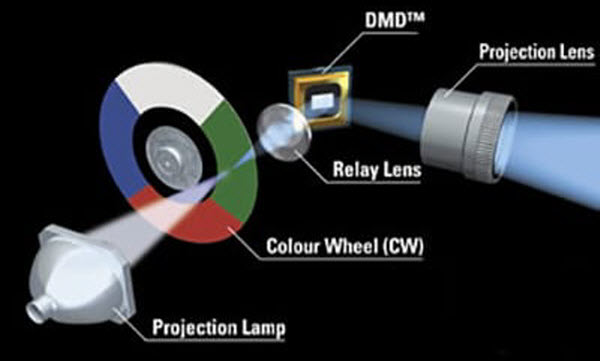
Modern Display Technologies
While CRT technology reigned for decades, new types of display technologies emerged in the latter half of the 20th century.
LCD Projectors
LCD projectors marked a departure from CRT technology. These devices required a surface, like a wall or screen, to display images. Light passed through a prism, separating into red, green, and blue. The colors combined to form a complete image, projected onto the screen. Though popular in the 1990s, LCD projectors were eventually replaced by more efficient DLP (Digital Light Processing) technology.
DLP Projectors
DLP projectors rely on a bright white lamp and a rotating color wheel to project vivid, accurate images. By synchronizing the color wheel and light, the system creates individual pixels. DLP technology dominated the projector market and continues to be used in cinemas for its superior color reproduction.
Current Television Technologies
Televisions have come a long way from CRTs. Today, LCD and OLED screens are common in households, offering sleek designs and high-quality visuals. LCD screens use liquid crystals to display images, while OLED screens offer superior color contrast and faster response times, leading to stunning visual experiences. These advancements keep the television relevant in a world dominated by smartphones and computers, proving that the “magic box” still has a place in our daily lives.
